
Anti-tourism is on the rise
Mass protests, local backlash, and new regulations are reshaping how we travel in 2025. Across Europe, Asia, and beyond, communities are pushing back against overtourism, citing environmental damage, housing crises, and cultural erosion.
If you’re planning summer travel, these hotspots are seeing real tension and growing calls for tourists to stay away. Here’s where to tread carefully, or skip altogether this season.
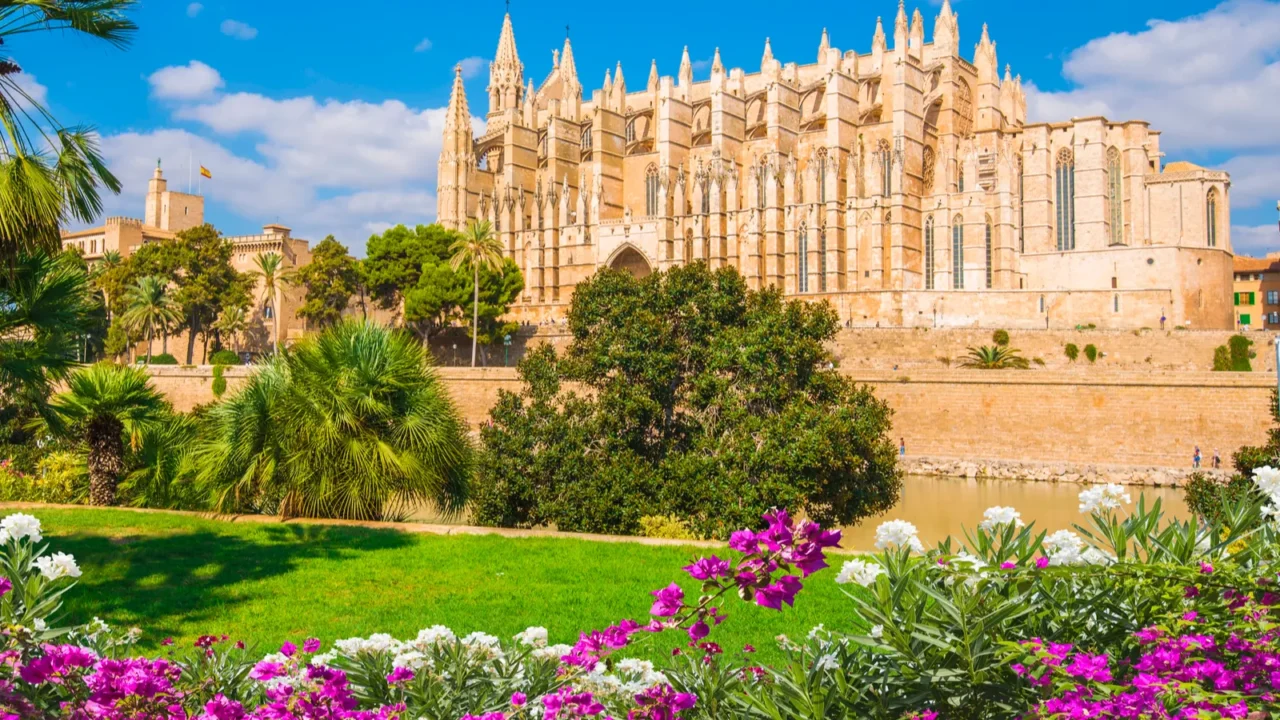
Mallorca, Spain
Mallorca’s turquoise waters and charming villages hide a growing storm of resentment. Locals have staged mass protests over the island’s swelling tourist numbers, saying they’ve lost affordable housing and peace.
Crowds clog beaches, small roads, and markets, while environmental strain worsens. Activists are calling for strict limits on visitor numbers. In July 2024, over 20,000 people marched in Palma; in May 2024, the island voted to cut ~18,000 legal tourist beds (≈4%) to curb overtourism.
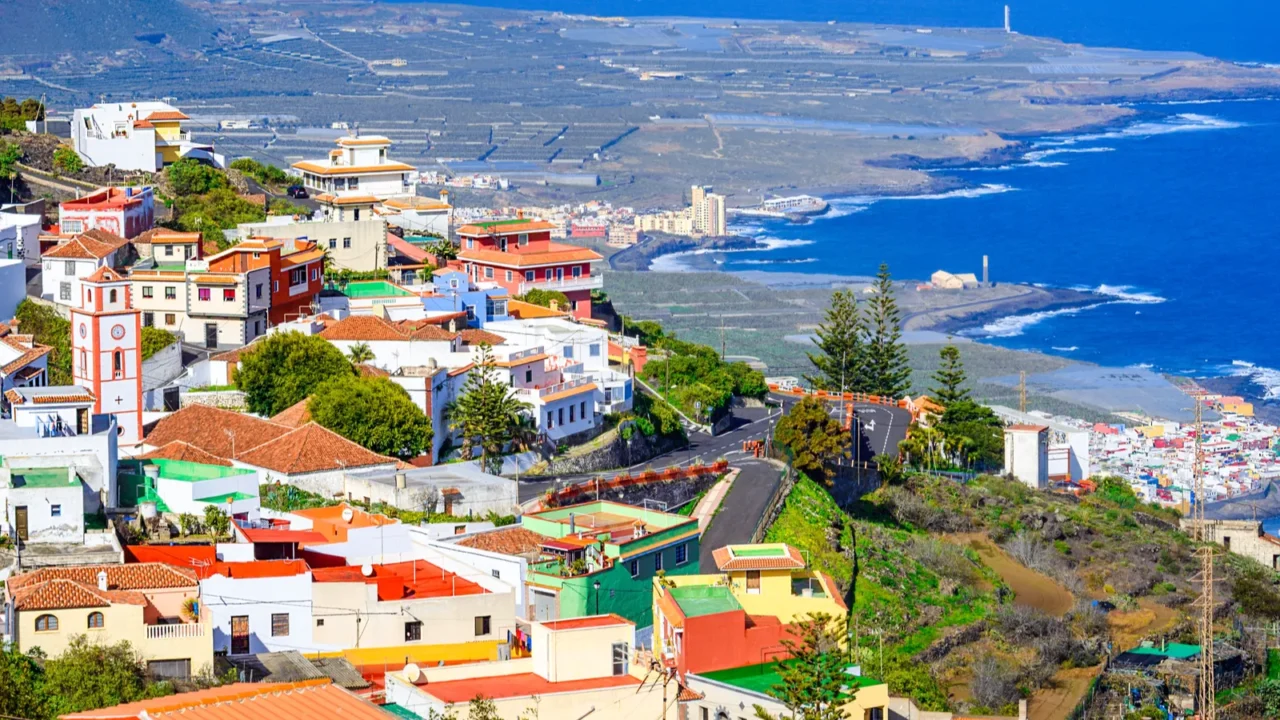
Canary Islands, Spain
The Canary Islands have seen their biggest anti-tourism protests in decades. Thousands marched in 2024, demanding caps on visitor numbers and curbs on vacation rentals.
Residents point to higher living costs, environmental degradation, and water shortages. A draft regional holiday‑letting law reached parliament in late 2024, aiming to tighten rules and cap where STRs can operate, while tensions remain high in peak season.
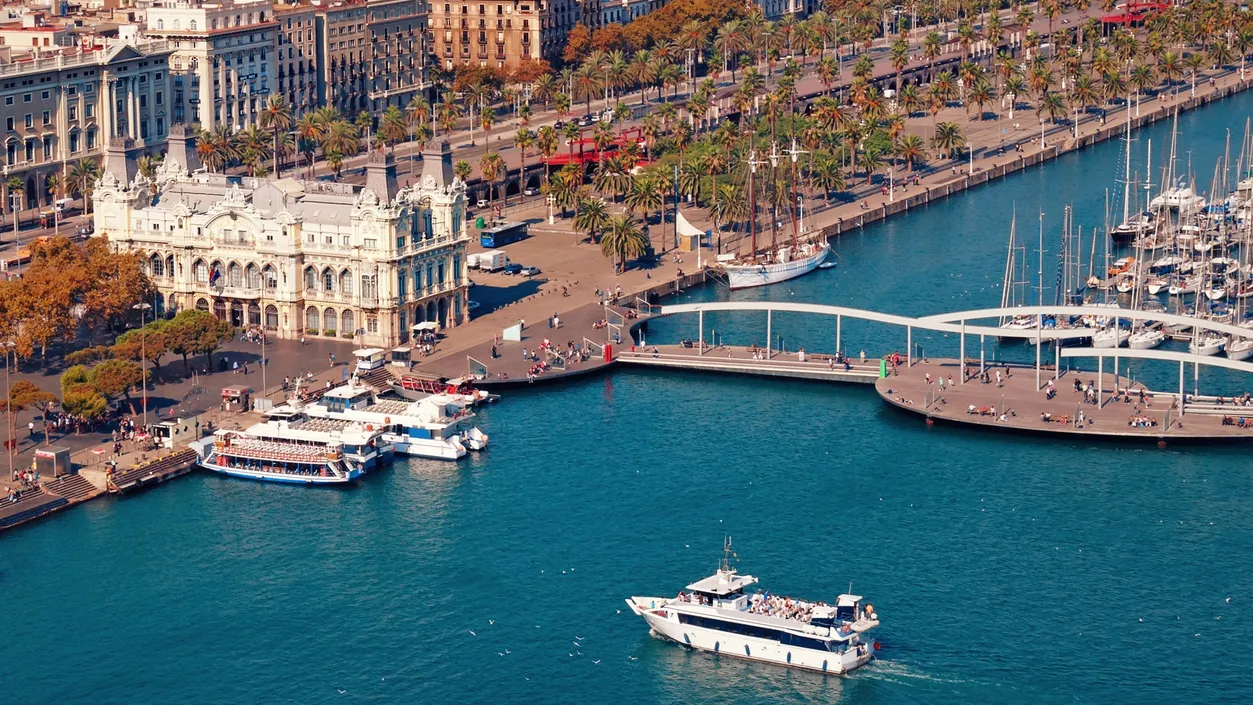
Barcelona, Spain
Barcelona has become the epicenter of Europe’s anti-tourism movement. On June 15, 2025, coordinated protests in Barcelona included demonstrators using water pistols to confront overtourism and housing pressures.
With short-term rentals blamed for pushing residents out, the city is set to fully ban them by 2028. Mayor Jaume Collboni announced the plan in June 2024, aiming to phase out all tourist‑apartment licenses by 2028. While still culturally rich and vibrant, Barcelona’s strained relationship with tourism means summer visitors might face tense encounters and stricter rules.

Venice, Italy
Venice’s winding canals are as romantic as ever, until you join the throngs in St. Mark’s Square. Venice piloted a €5 day‑tripper ‘access fee’ on selected peak days in 2024–2025 (trial concluded July 28, 2025) and, from June 2024, banned loudspeakers and capped tour groups at 25 people.
Locals complain of congested streets, soaring rents, and a fading sense of community. Summer visitors should expect long queues and crowded vaporetti; on designated peak days the €5 access fee applied during the pilot.
To experience Venice without the stress or hostility, arrive in the cooler months or explore nearby gems like Treviso, Padua, or Chioggia, which offer charm minus the crush of crowds.
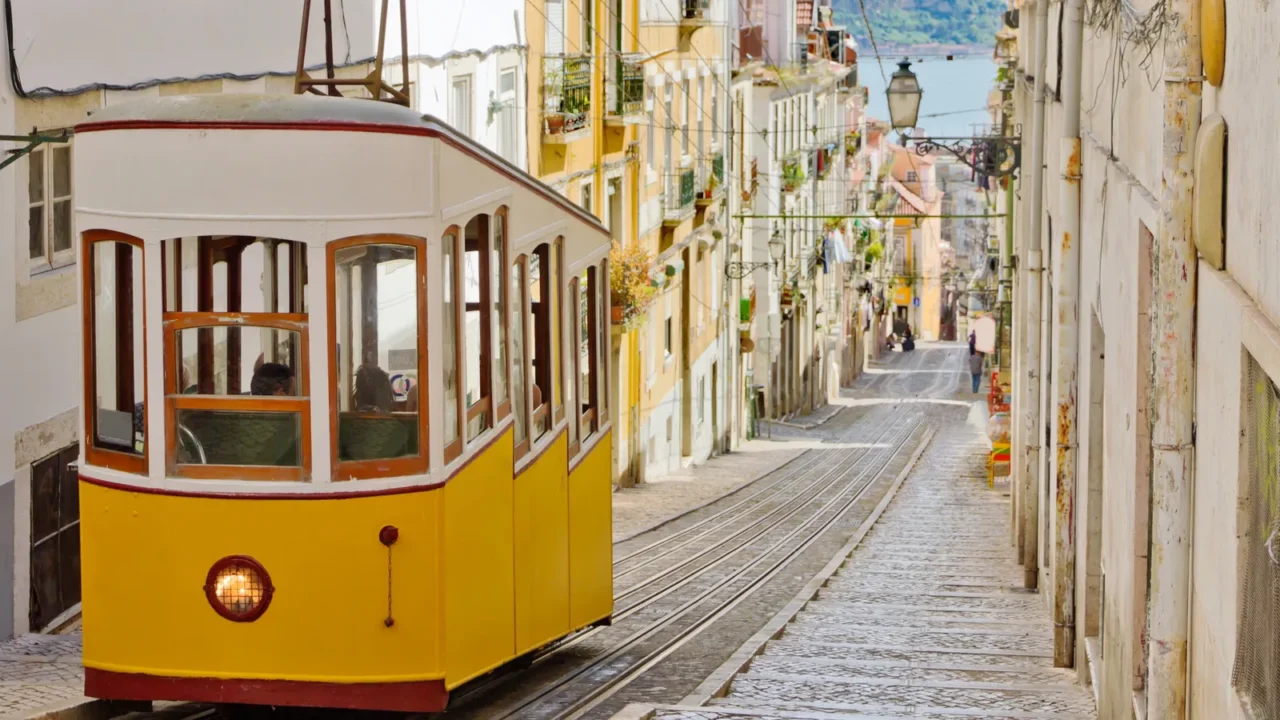
Lisbon, Portugal
Lisbon’s colorful streets and historic trams attract millions, but at a cost. In the historic parish of Santa Maria Maior, over 60% of properties are registered as holiday rentals, versus about 8% citywide. Residents blame tourism for rising prices, overcrowded trams, and cultural dilution.
Summer visits may coincide with activist demonstrations or tighter restrictions on vacation stays. Instead, consider smaller Portuguese cities like Coimbra or Évora, which offer deep history and vibrant culture without the social strain.
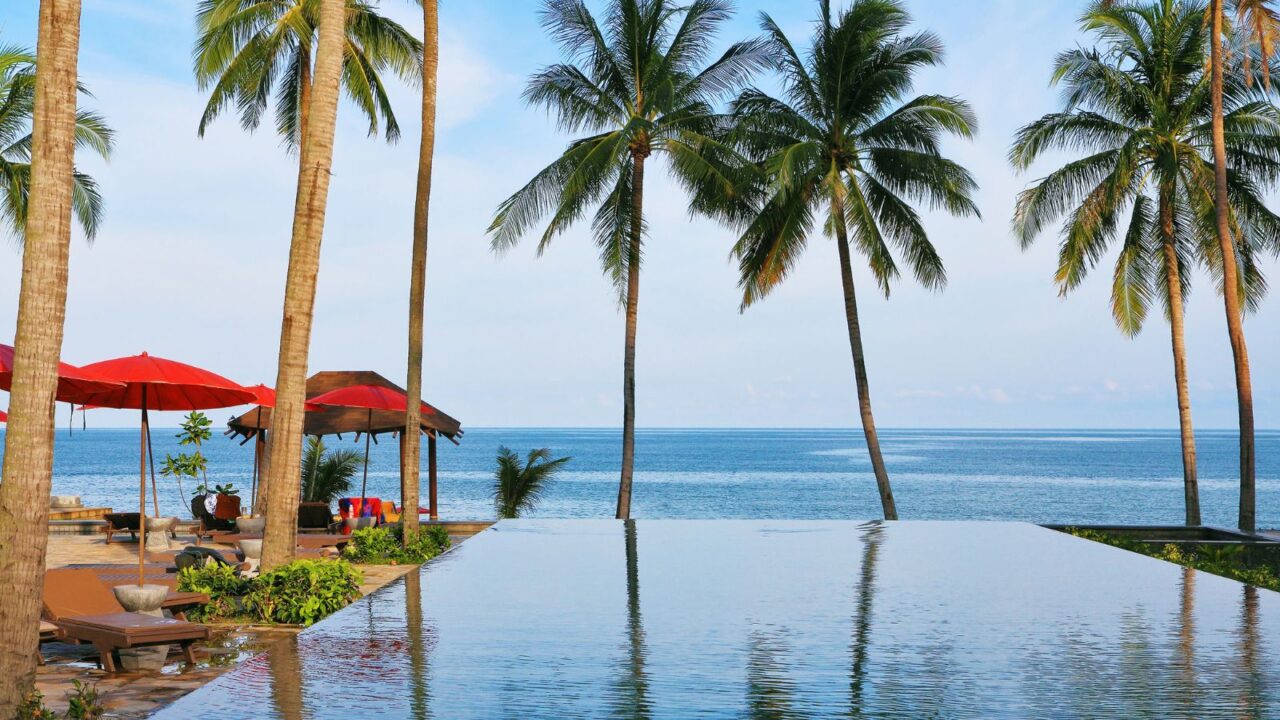
Koh Samui, Thailand
Thailand’s island jewel, Koh Samui, is facing a silent crisis; trash, wastewater, and environmental degradation are threatening its future. Interest has risen following HBO’s The White Lotus filming in Thailand (including Koh Samui), raising concerns about renewed pressure on island ecosystems.
While the beaches still sparkle in photos, behind the scenes, the ecosystem is straining under visitor numbers. Authorities have warned about worsening pollution and overdevelopment.
If you want Thailand’s island magic without the environmental guilt, try Koh Yao Noi or Koh Lanta, where sustainability is more central to tourism.
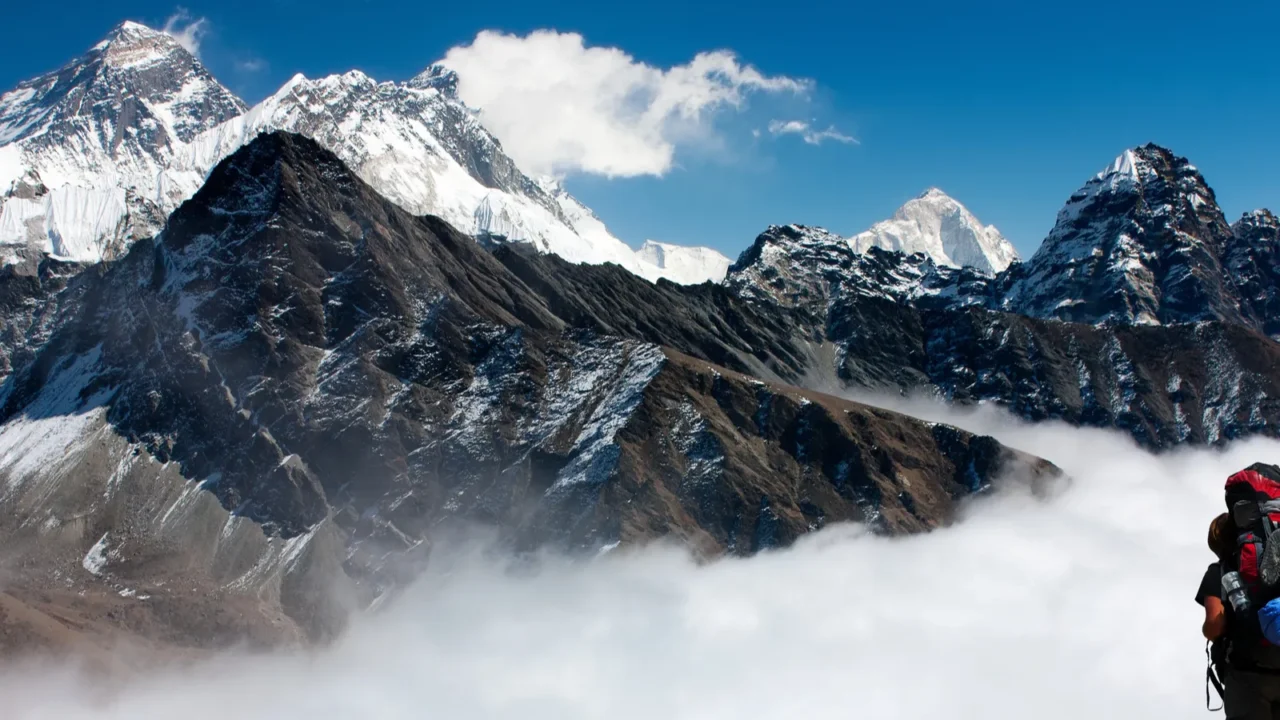
Mount Everest, Nepal
The world’s tallest peak has become an overcrowded traffic jam. Each climbing season, hundreds queue on dangerous slopes, leaving behind oxygen canisters, trash, and human waste.
Nepal approved an Everest permit fee increase from $11,000 to $15,000 starting in 2025 and has drafted rules requiring prior high‑altitude experience. June–August is monsoon season, when heavy rain, landslides, and poor visibility make most treks less appealing; autumn and spring are the prime windows, so consider nearby treks like the Annapurna Circuit or Langtang Valley.

Agrigento, Italy
Sicily has faced a severe drought with water rationing extending into 2025; the Province of Agrigento is among the affected areas, heightening summer strain. Tourism, combined with climate change, is straining already-limited resources. Locals are frustrated as visitor demand competes with household needs, especially in hot summer months.
While no outright bans are in place, travelers may face water restrictions and higher costs. Visiting in spring or fall can reduce your impact and improve your experience, allowing you to enjoy the Valley of the Temples.

Bali, Indonesia
Bali has long been a dream destination, but over 6 million annual visitors have left their mark. Beaches are littered with plastic, coral reefs suffer, and rice terraces are paved over for villas.
Bali introduced an IDR 150,000 (one‑time) tourist levy in 2024 and tightened ‘Do’s & Don’ts’ guidelines; proposals for pausing hotel construction have varied by area, with no blanket moratorium in 2025. Summer brings peak crowds and rising resentment. If you still want that Balinese vibe, explore neighboring Lombok or Sumbawa, where your visit can help emerging destinations without further straining Bali’s fragile environment and communities.
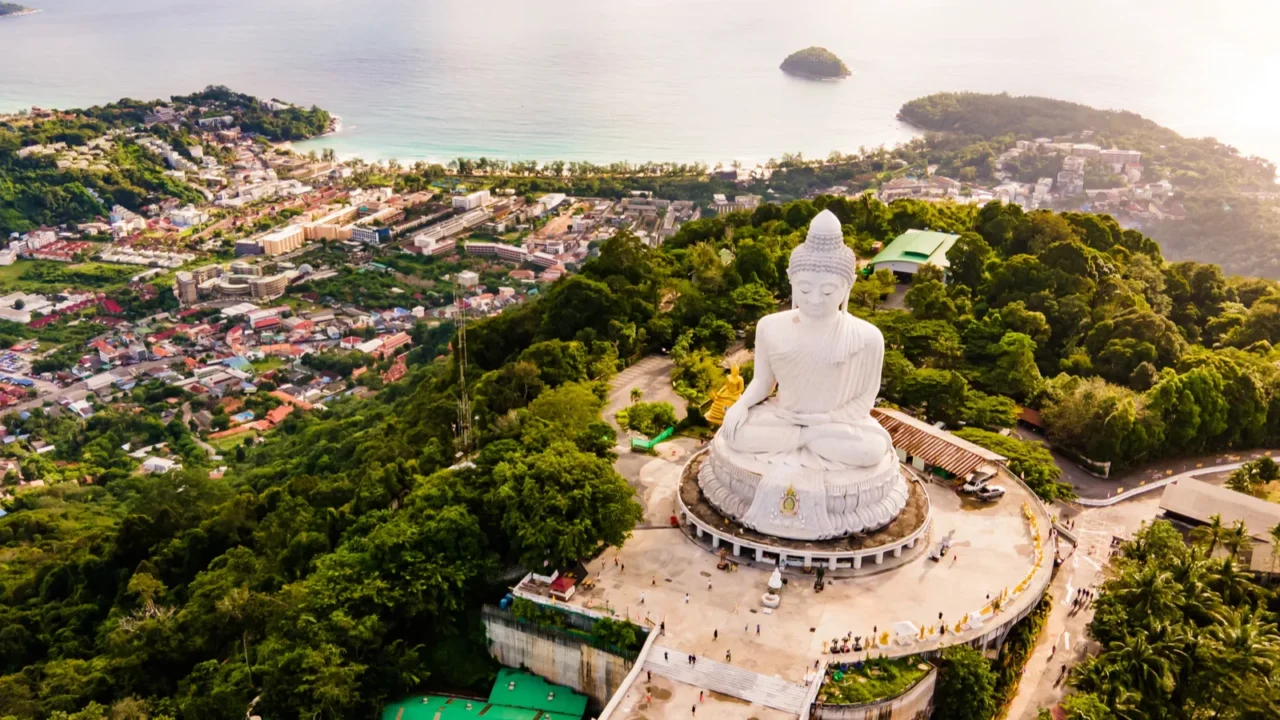
Phuket, Thailand
Phuket’s beaches and nightlife attract millions each year, but mass tourism has taken a toll. Noise, pollution, and loss of local culture are growing concerns.
Environmentalists warn of coral damage and plastic waste piling up. While tourism fuels the local economy, many residents feel their quality of life is slipping. If you’re drawn to Thai island life, head to lesser-known destinations like Koh Tao or Trang’s islands.

Machu Picchu, Peru
The Incan citadel is a bucket-list wonder, but it’s crumbling under the weight of its popularity. Peru raised daily ticket capacity to as high as 5,600 on selected 2024 dates; timed entry and circuit routes remain in place to manage crowding
Authorities have introduced timed entry slots and daily limits, but enforcement struggles during peak summer. The best way to help preserve this treasure? Visit in the shoulder seasons or choose alternative hikes like Choquequirao or the Lares Trek.
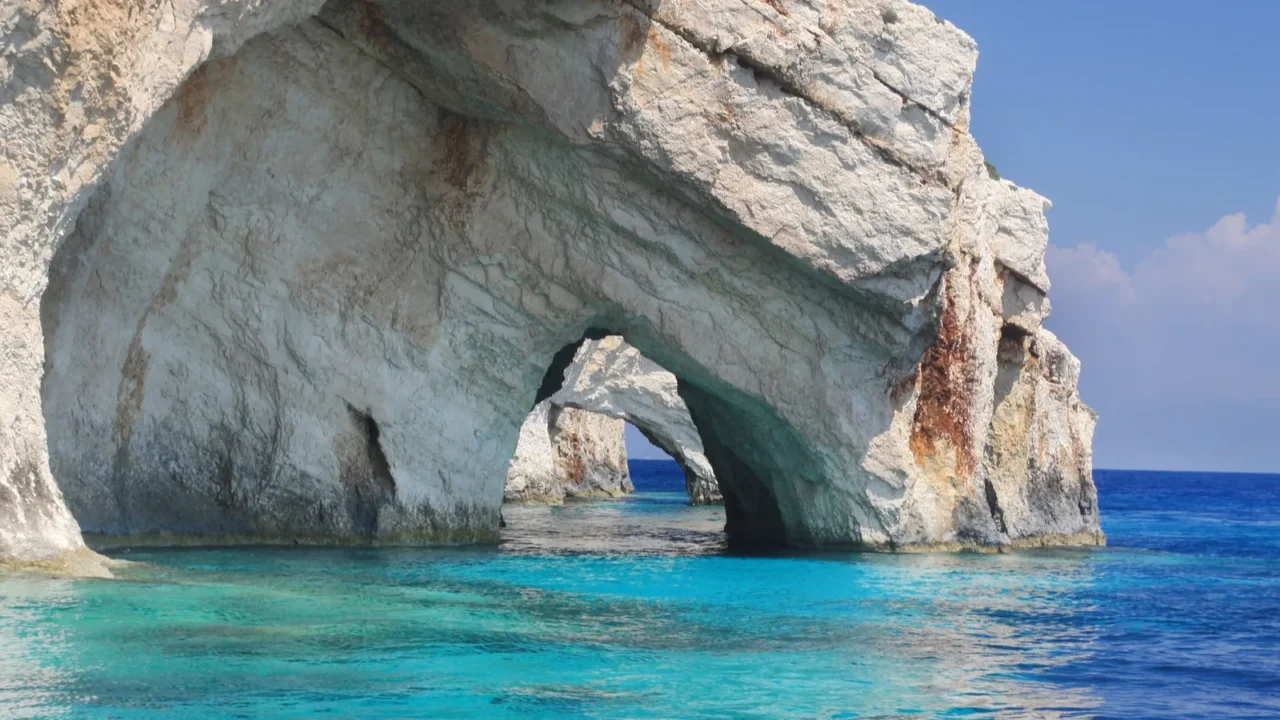
Zante (Zakynthos), Greece
Zakynthos’ turquoise waters and iconic Navagio Beach lure summer travelers, but the island’s infrastructure can’t keep pace. Overcrowded beaches, traffic gridlock, and strain on public services frustrate locals.
In peak season, even basic amenities can become scarce for residents. Activists are pushing for caps on visitor numbers and tighter rules for tour operators.
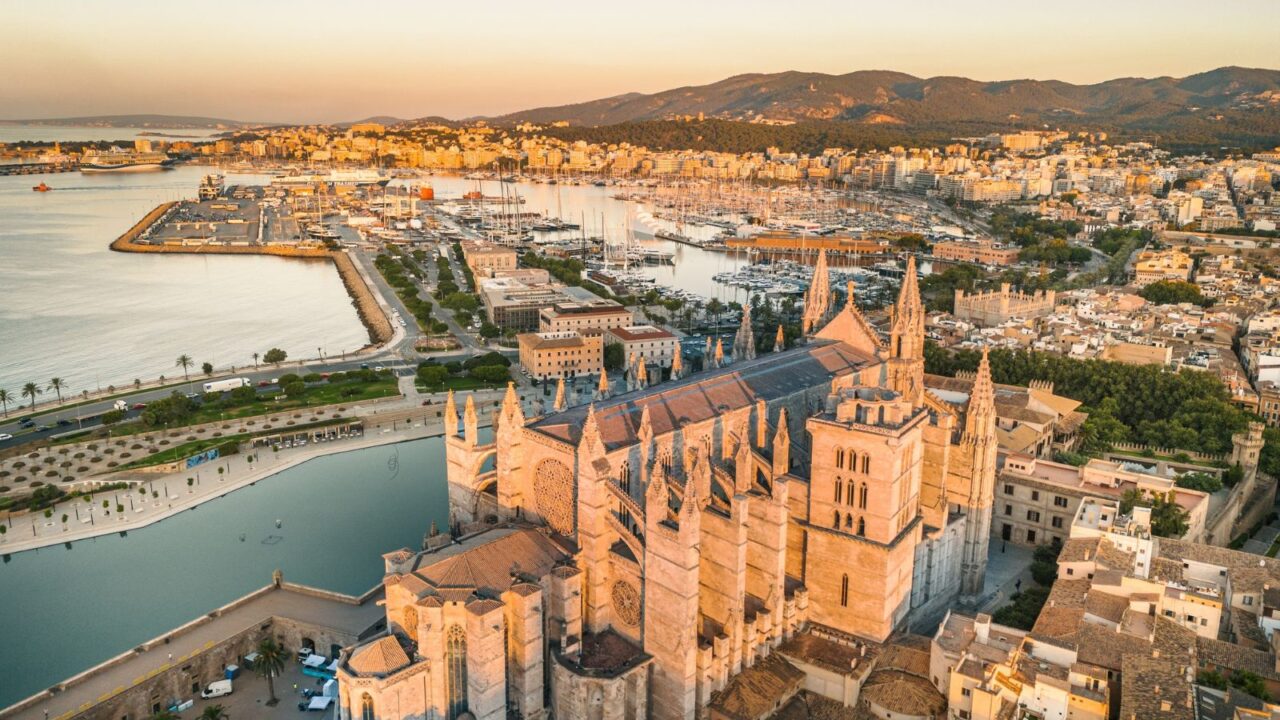
The bigger picture in Spain
Spain’s anti-tourism sentiment isn’t isolated. From Barcelona to the Canary Islands, 2024 protests drew thousands, and hotel bookings in affected areas dipped.
Locals cite housing shortages, rising costs, and environmental strain as reasons for pushing back. This summer, tensions are expected to run high again, especially in southern Europe’s hottest destinations.
Travelers should monitor local news and consider off-the-beaten-path regions where tourism still feels welcome, and where your visit supports, rather than disrupts, local life. You could also explore destinations where hospitality toward Americans is still strong. Check this list to see which countries are now off-limits.
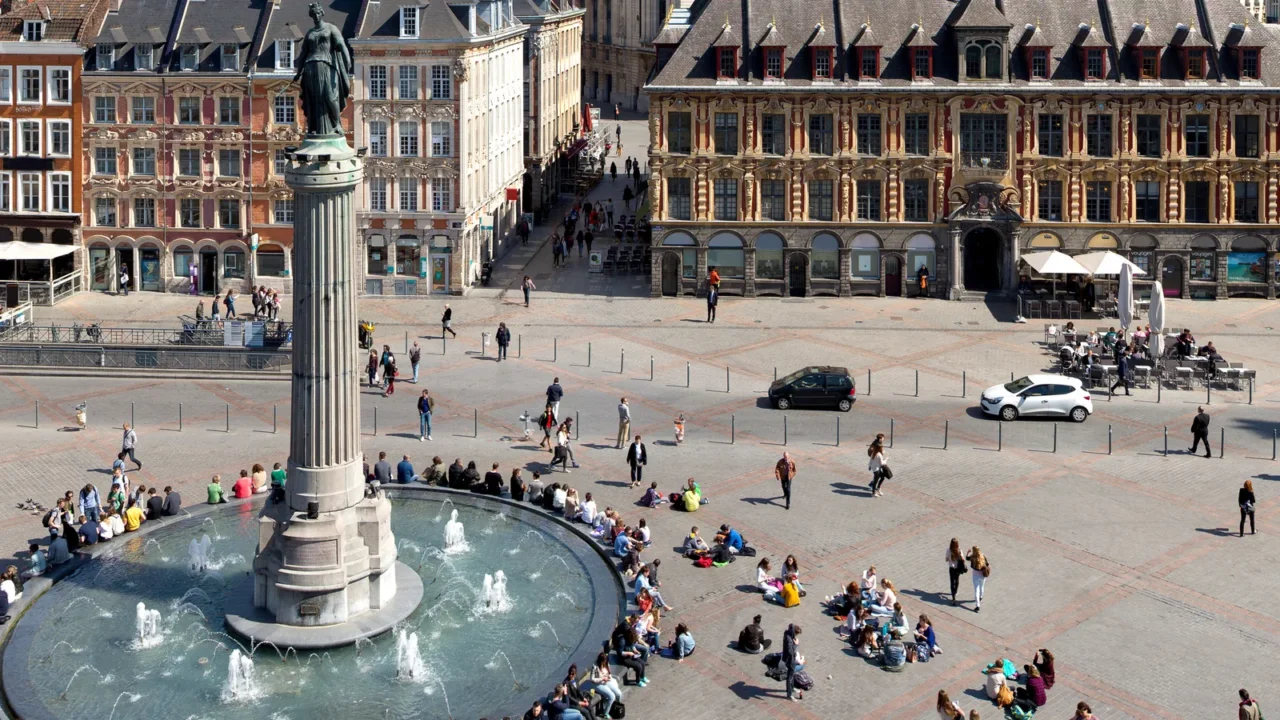
Southern Europe’s summer warning
Southern Europe, including Venice, Lisbon, Palermo, Barcelona, and the Canary Islands, is bracing for another summer of protests and disruptions in 2025. Expect possible strikes, demonstrations, and stricter tourist controls. Locals want tourism that supports communities instead of displacing them.
For travelers, that means either adjusting travel dates to shoulder seasons or seeking alternative destinations altogether. In doing so, you’ll avoid tension-filled trips and help spread the economic benefits of tourism more evenly.
You might even swap Europe’s crowded hotspots for this serene Japanese island that’s a paradise for cat lovers and nature fans alike.
Have you visited any of these hotspots recently? Share your experience below so fellow travelers can get better insight before they plan.
Read More From This Brand:
- East Coast Flash Floods, What Travelers Need to Know Now
- A Beginner’s Guide to America’s Quirkiest Roadside Attractions
- The Most Iconic Hotel Buildings Around the World
Don’t forget to follow us for more exclusive content right here on MSN.
This slideshow was made with AI assistance and human editing.